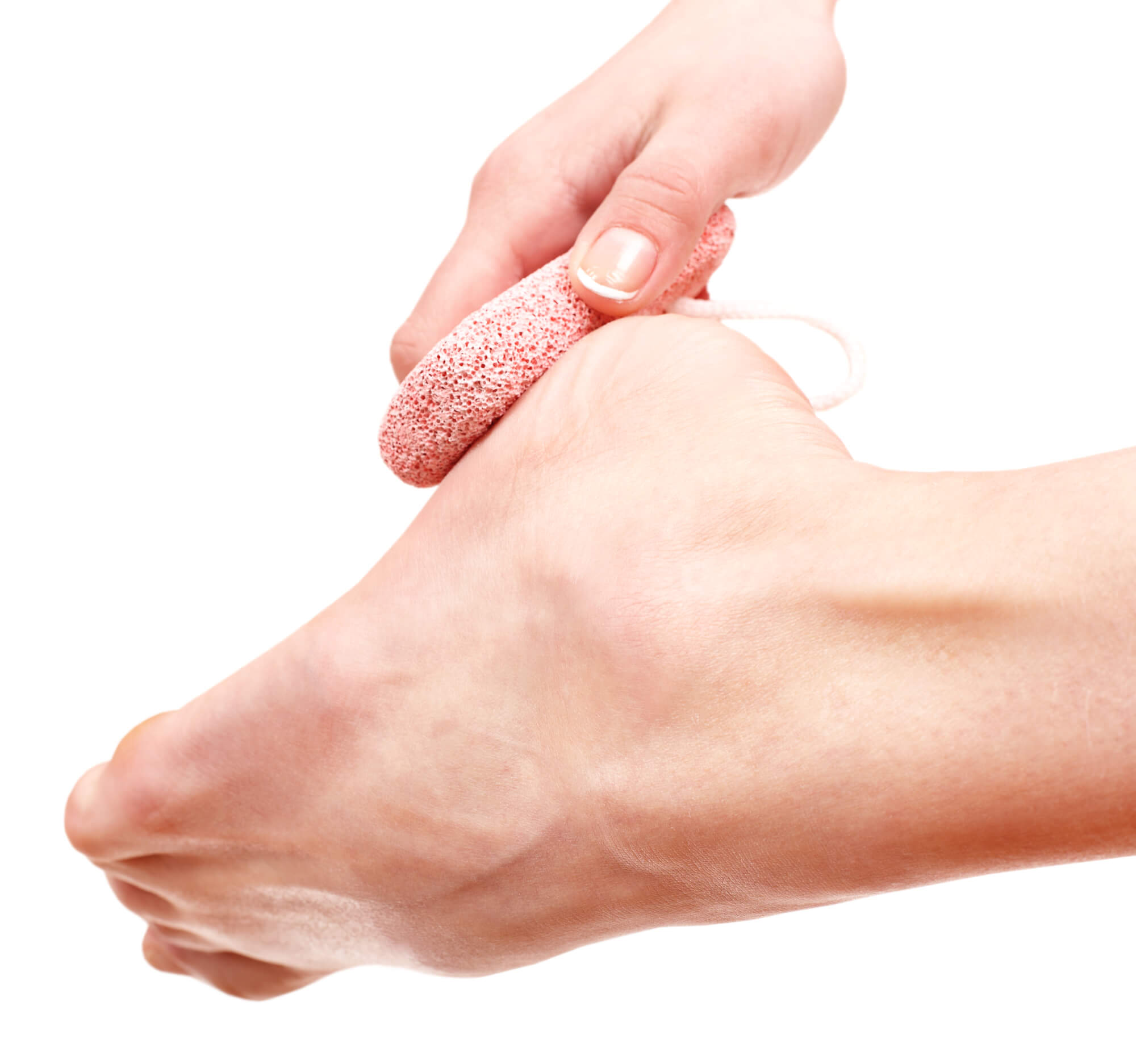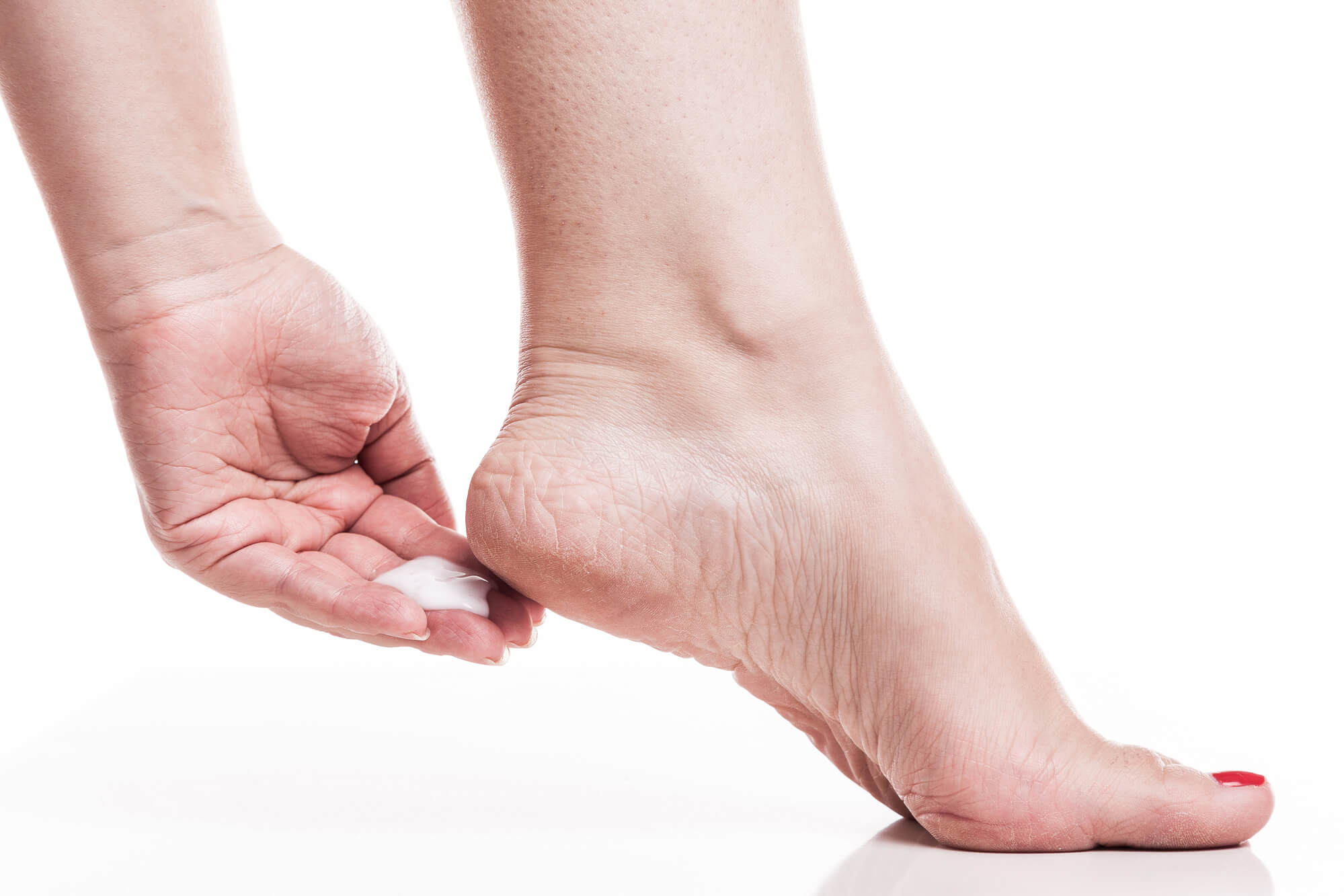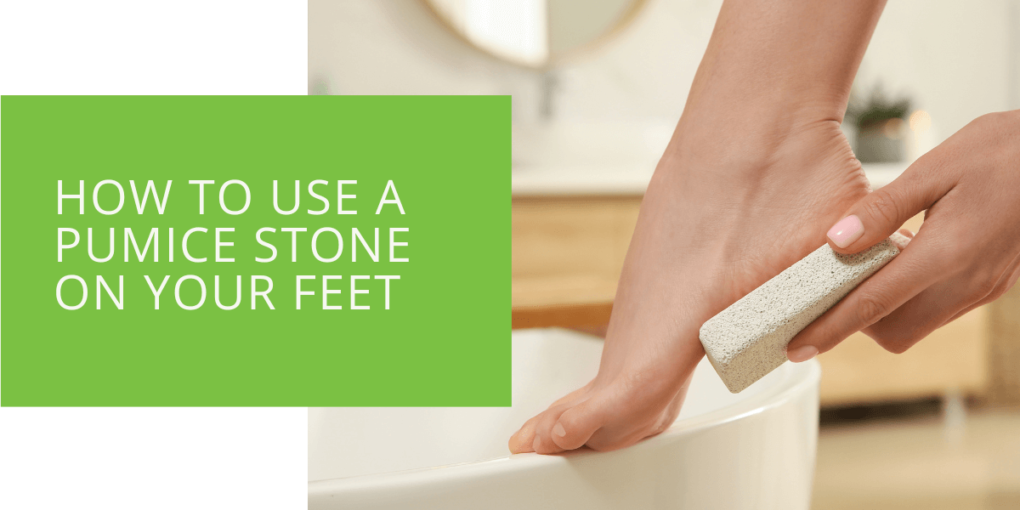How to Use a Pumice Stone on Your Feet
Welcome to our ultimate guide on achieving soft, healthy feet with pumice stones. You're in the right place if you're tired of hiding your feet because of calluses and corns. Pumice stones have been used for centuries to tackle these problems and maintain foot health. Not only are they natural and affordable, but they are also easy to use and deliver remarkable results.
In this comprehensive guide, we will explore everything you need to know about pumice stones, from their natural origins to their many benefits. We will also provide step-by-step instructions to ensure you exfoliate your feet safely and effectively. Whether you're a first-timer or a seasoned user, this guide will help you achieve your desired soft and healthy feet. So, let's dive in and discover the wonders of pumice stones together!
Key Takeaways
- Properly preparing your feet by soaking them in warm water before using a pumice stone is crucial to ensure safe and effective exfoliation.
- Using a pumice stone with gentle, circular motions and avoiding excessive pressure helps remove dead skin cells, calluses, and corns while minimizing the risk of skin irritation.
- Regular maintenance, moisturizing, and not sharing your pumice stone are essential to maintaining soft, healthy feet over time.
What Are Pumice Stones?
Pumice stones, derived from volcanic lava, are renowned for their porous and abrasive texture. This unique natural composition makes them an ideal tool for exfoliating the skin on your feet. The inherent abrasiveness of pumice stones allows them to gently but effectively scrub away dead skin cells, calluses, and corns, leaving your skin smoother, softer, and more radiant.
These stones, formed through the solidification of lava, contain countless tiny pores and irregularities that create a textured surface. This texture is what makes pumice stones an excellent choice for exfoliation.
Benefits of Using Pumice Stones
Applying pumice stones in foot care offers many key advantages, all contributing to improved foot health and comfort.
- Effective Exfoliation: Pumice stones remove dead skin cells, helping prevent the build-up of dry and rough skin on your feet, ultimately leaving them looking and feeling better.
- Callus and Corn Removal: Pumice stones are particularly effective at reducing or eliminating calluses and corns, which are common foot issues caused by the accumulation of dead skin in localized areas.
- Skin Softening: Regular use of pumice stones can soften the skin on your feet, giving them a more youthful appearance and a noticeably smoother texture.
These benefits are not only cosmetic but also functional. Removing dead skin cells and addressing specific issues like calluses and pumice stones can alleviate discomfort and enhance the overall health of your feet.

Preparing Your Feet
Before embarking on your pumice stone journey, preparing your feet properly is essential to ensure a safe and effective exfoliation experience.
- Soak Your Feet: Commence by immersing your feet in warm water for approximately 10-15 minutes. This pre-soaking step is crucial as it significantly softens the skin, making it more receptive to exfoliation.
- Dry Your Feet: Gently pat your feet dry with a clean, soft towel after this soaking period. It's essential to avoid any vigorous rubbing, as wet skin can be more susceptible to irritation.
Soaking your feet is not just about comfort; it's a vital step that aids in minimizing any potential skin irritation during exfoliation.
How to Use a Pumice Stone
Now that your feet are primed and ready let's explore the precise steps to maximize the effectiveness of your pumice stone:
- Wet the Pumice Stone: Before using it, ensure it is thoroughly wet under warm running water. This initial soaking reduces the stone's natural abrasiveness and guarantees a smoother, more controlled exfoliation experience.
- Apply Light Pressure: Hold the damp pumice stone securely but gently against your skin. Begin to move it in small circular motions, focusing on the areas where you want to remove dead skin cells or address calluses and corns. Start with a light to moderate pressure and adjust as needed.
- Focus on Problem Areas: Pay special attention to those areas on your feet where calluses, corns, or hardened skin tend to develop. Be patient and continue scrubbing until the skin feels smoother and the targeted issues diminish.
- Rinse Your Feet: Periodically, pause to rinse your feet in warm water. This serves a dual purpose: it helps remove the loosened dead skin cells and allows you to assess your progress more clearly.
- Dry and Moisturize: After the exfoliation, gently pat your feet dry again with a soft towel. Subsequently, apply a high-quality foot moisturizer to lock in hydration, promoting a soft and supple feel.
The step-by-step instructions provided here ensure that you understand the process and have the knowledge to make real-time adjustments for the best results.
Common Mistakes to Avoid
To guarantee a safe and successful experience with pumice stones, it's imperative to steer clear of these common pitfalls:
- Using Excessive Pressure: Applying too much pressure can lead to skin irritation or even injury. Remember to use a gentle yet firm touch throughout the process.
- Using on Dry Skin: Always ensure the pumice stone and your skin are wet. Exfoliating dry skin with a pumice stone can be overly abrasive and potentially harmful.
- Using Open Sores: Never use pumice stones on open wounds or sores, as this can risk infection and exacerbate the problem.
Avoiding these mistakes is crucial to ensuring a positive and safe experience when using pumice stones on your feet.

Keeping Your Feet Soft
To maintain the softness and overall health of your feet, it's essential to follow these additional tips:
- Regular Maintenance: Incorporate pumice stone exfoliation into your routine, but avoid overdoing it. Find a frequency that works best for your skin and stick to it.
- Moisturize Regularly: Daily, applying a quality foot moisturizer is key to preventing dryness and maintaining soft, supple skin.
- Don't Share Your Pumice: For hygiene reasons, it's advisable not to share your pumice stone with others to minimize the risk of cross-contamination.
These additional tips are a roadmap for long-term foot care, ensuring you can enjoy consistently soft and healthy feet.
Conclusion
Utilizing a pumice stone for exfoliating your feet is a straightforward yet incredibly effective method to achieve soft, healthy skin. By following the meticulously detailed steps in this guide, you will learn how to safely remove dead skin cells, calluses, and corns and gain a deeper understanding of the science behind this age-old technique.
At ePodiatrists, we recognize the significance of proper foot care and are committed to assisting you in your journey toward optimal foot health. If you have specific concerns or require personalized foot care advice, we invite you to schedule an appointment with our experienced team. Let us partner with you to put your best foot forward and ensure your feet receive the care they deserve.
FAQ
Should you use a pumice stone on wet or dry feet?
You should always use a pumice stone on wet feet. Soaking your feet in warm water for 10-15 minutes before using a pumice stone softens the skin and makes exfoliation safer and more effective.
How often should you use a pumice stone?
The frequency of pumice stone use depends on your needs and skin type. However, for most people, using a pumice stone once every 1-2 weeks is sufficient to maintain soft, healthy feet without over-exfoliating.
Will a pumice stone get rid of calluses?
A pumice stone can help eliminate calluses when used regularly and correctly. It is a gentle yet effective way to reduce calluses over time gradually.
How long does it take to soak the feet before pumice?
It is recommended to soak your feet in warm water for approximately 10-15 minutes before using a pumice stone. This soaking period helps soften the skin, making it easier to exfoliate.
How long does it take to remove a callus with a pumice stone?
The time it takes to remove a callus with a pumice stone can vary depending on the size and severity of the callus. It may take several sessions over a few weeks to see significant improvement. Patience and regular maintenance are key to success.

